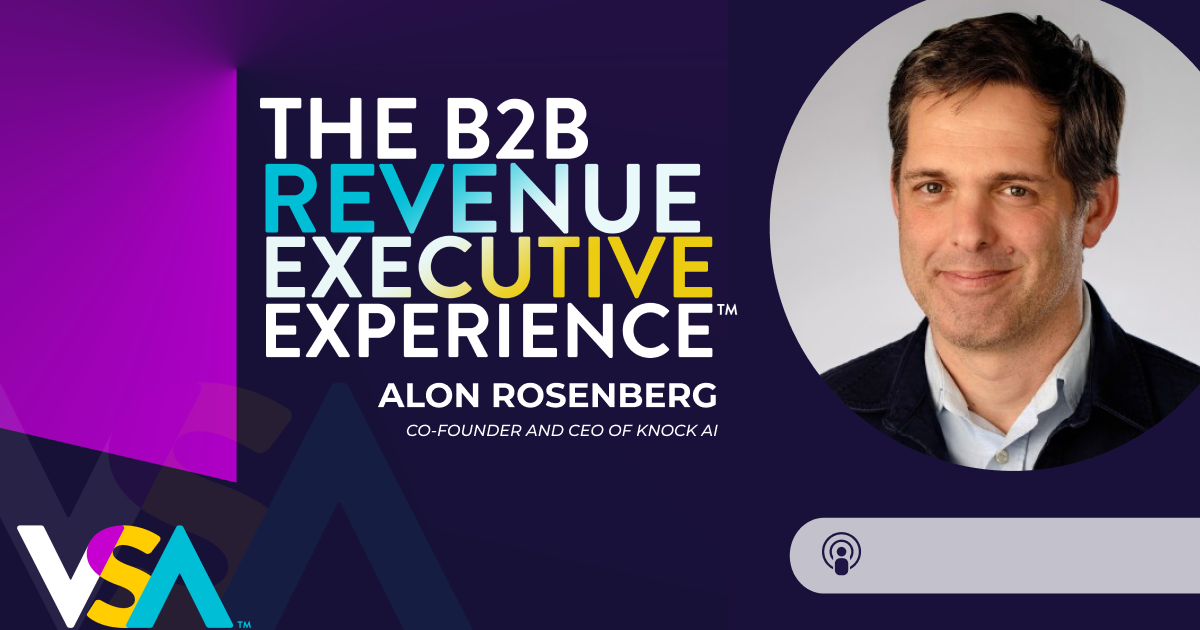How Chaos and Stability Motivate Your Team Members Differently

Understanding the different culture types on your team is the key to improving productivity.
Some people thrive in chaos, while others will abandon ship if there isn’t enough stability. If you can’t tell the difference, you’ll lose your best people.
We recently interviewed Dr. Rachel Headley, CEO of Rose Group Int’l. Dr. Headley shared her framework for differentiating between chaos and order types and what that means for motivating people on your team.
Here are the highlights from the interview.
The Secret to Getting People, Who Don’t Like Change, to Change
Here’s a secret you’re going to want to remember:
“If you get 30% of your people to move in the direction you want them to move, then the people that are digging in their heels will all move together almost at the same time.”
DR. RACHEL HEADLEY
CEO OF ROSE GROUP INT’L
People who don’t like change feel that way because change feels chaotic. It’s not stable. There’s no order and predictability.
You can actually leverage their desire for stability when you want to create change. When they talk to team members to learn who’s on board with this crazy thing you’re doing, if one out of every three people say, “You know what, I think it’s a good idea,” they start thinking they don’t want to be left behind.
Ironically, their need for social stability will help them adapt to change. They’ll want to come with you so they’re not singled out.
Dr. Headley’s company gets really strategic about this. They can tell you exactly who will be supportive of your changes and who probably won’t. They do it by using a framework that differentiates between chaos and order types, as well as team-driven and independent types:
Chaos types include
- Fixers, who love working on teams
- Independents, who don’t
Order types include
- Stabilizers, who are team oriented
- Organizers, who are individually driven
How Does the Order/Chaos Framework Relate to DISC/Myers-Briggs/StrengthsFinder?
The trick with those three assessments is that they’re individually interesting, but when you have 50-member sales team, how do you use them for the group?
When Rose Group started out, they used the same research from these assessments (based on Carl Jung’s archetypes). But from there, they asked the question, “What is missing from today’s business environment?”
Rachel says it’s this:
“The chaos around change is massive, and no one really talks about how to deal with it in a team environment.”
DR. RACHEL HEADLEY
CEO OF ROSE GROUP INT’L
Some people thrive in teams and some people hate being in teams. The power of the assessment is in scatter plotting your team and understanding where the innate conflicts are going to come.
If you’re a chaos person and you’re stuck in a “stabilizer” job, you’re going to be bored. If you want stability and you’re in chaos, you’re going to run into major issues as well.
Why Chaos Types and Order Types Need Each Other
In a startup, the tendency is to have all “chaos” types. But if you do, nothing will get done. Chaos people are often great at relationships, making a sale, etc., but settling down and “doing the thing” is sometimes difficult.
You have to have people who can sit down and write thousands of lines of code. They’re not chaos people, but they’re essential.
Organizations today train their leaders more than they ever have, but many have the most disconnected staff that they’ve ever had as well. That’s because they’re missing how to appropriately communicate.
Imagine saying this sentence to your team: “If we don’t meet our goals this month, we’re going to have to close shop.”
For a stabilizer, that is the ultimate anti-motivator. Stabilizer types are going to curl up in the corner and self-soothe. On the other hand, chaos types might work 20 hours a day to get the ship turned around.
Understand how people are motivated. It sounds like you can’t know this about every single one of your employees. But that’s the magic of Rachel’s assessment: there are only four types, and most organizations don’t even have all four represented.
How Chaos/Order Relates to Sales Hiring
“Sales has two kinds of people: the CRM junkies . . . and the relationship people.”
DR. RACHEL HEADLEY
CEO OF ROSE GROUP INT’L
Sales has two kinds of people:
- CRM junkies
- Relationship people
CRM junkies want the system to tell them what they’ve got in the pipeline, how many people they need to call that day, etc.
Relationship people don’t ever want to sit in front of a computer. They want to be in a room, having a cocktail or a cup of coffee, forming relationships.
Those two types of people are completely different. If you try to make a relationship salesperson enter their stuff into Salesforce, don’t be surprised when Salesforce fails for half the sales team.
When you go to hire, you need to understand what you’re hiring for. Does the job entail 10% CRM work? Or 80%?
That kind of answer will make failure or success inevitable depending on whom you hire.
This post is based on a podcast interview with Dr. Rachel Headley from Rose Group Int’l. To hear this episode, and many more like it, you can subscribe to B2B Revenue Executive Experience.
If you don’t use Apple Podcasts, you can listen to episodes here.
Explore More









